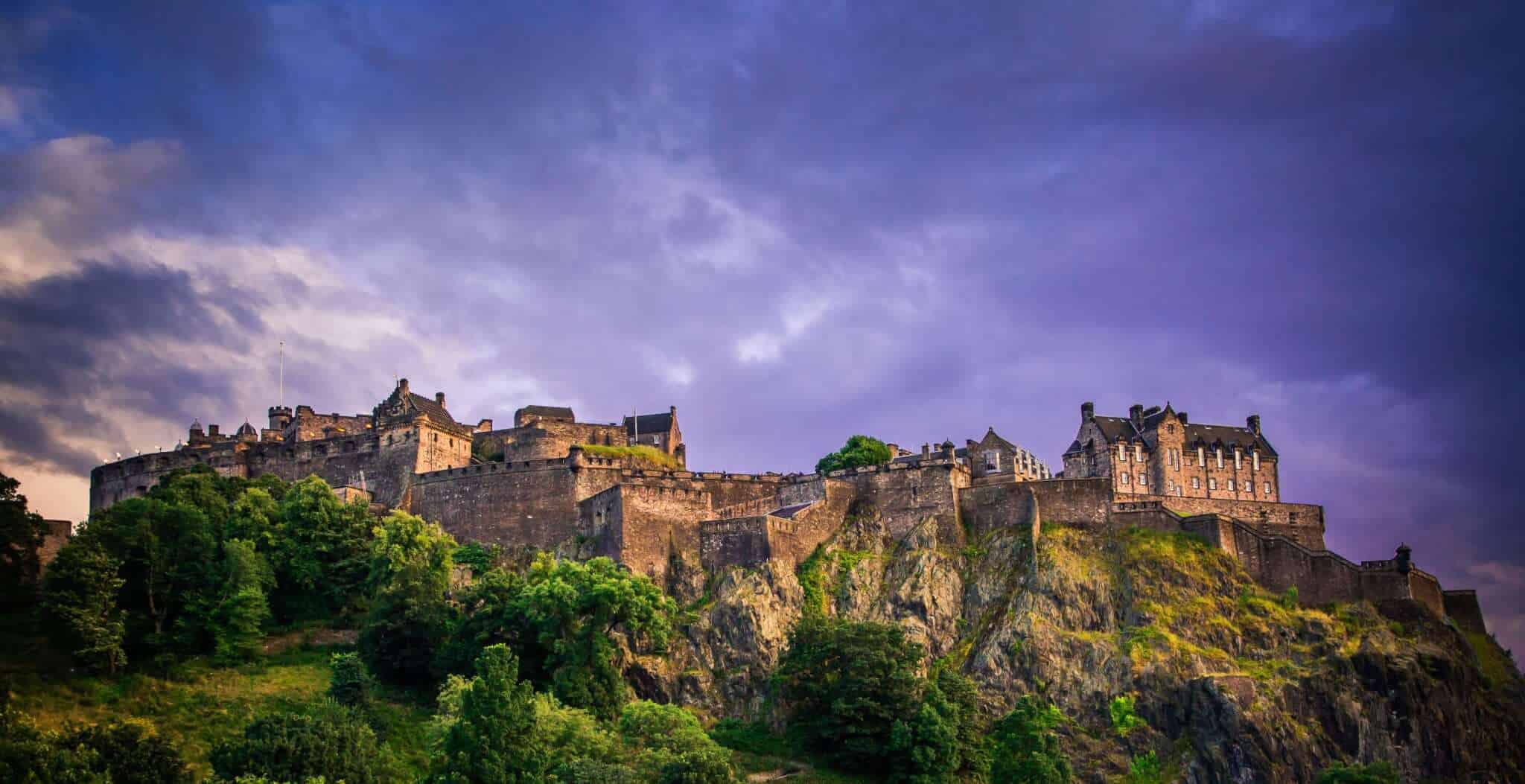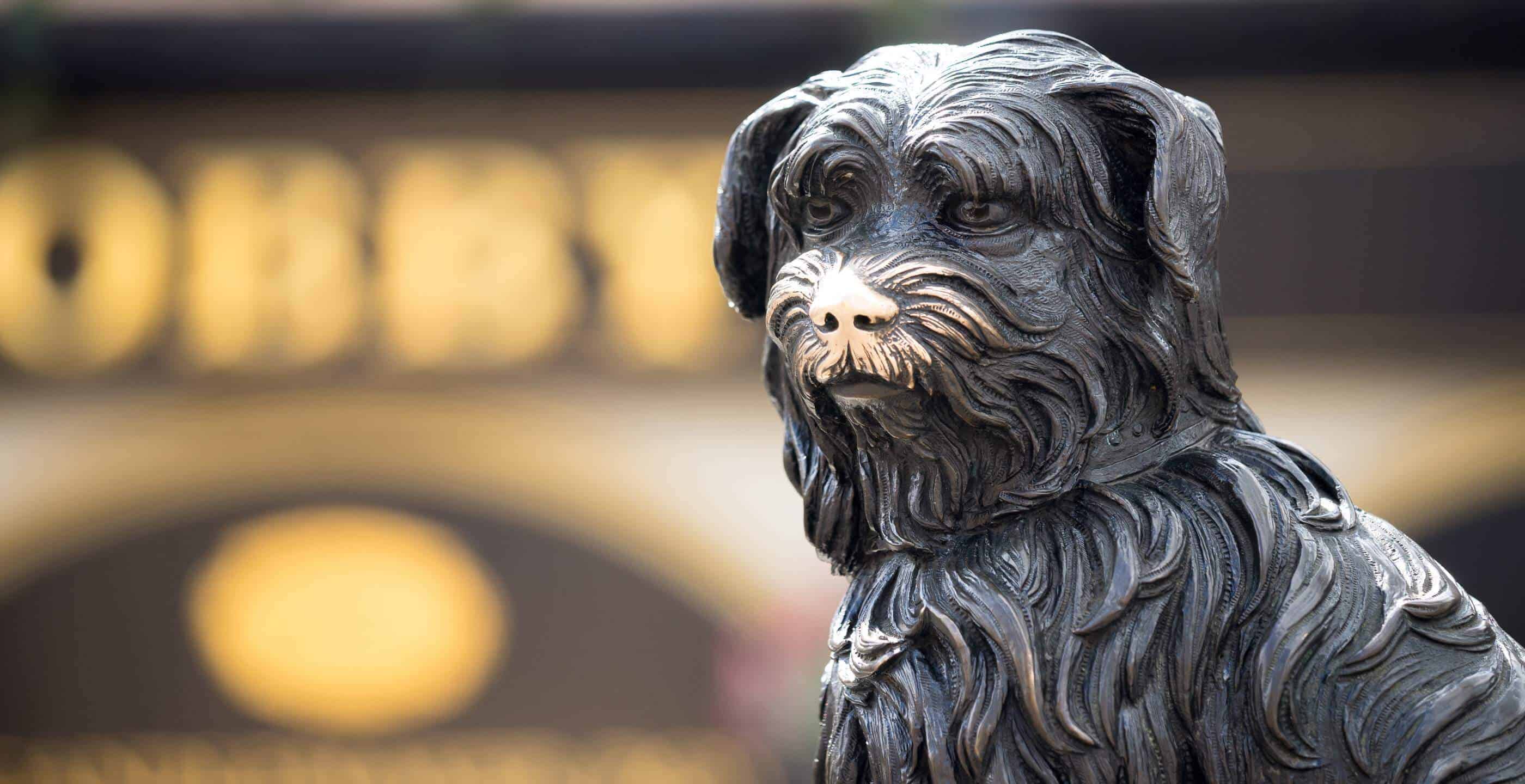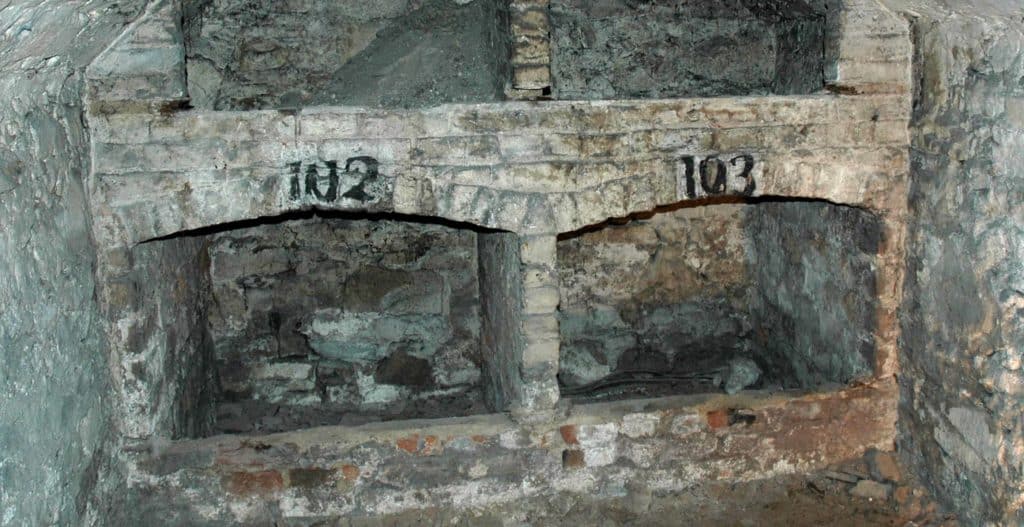The igneous rock intrusion, now known as Castle Rock, was formed by volcanic activity millions of years ago. This plug was more resistant to erosion by glaciers at the last glacial maximum in comparison to the surrounding bedrock, leaving the famous defensive site we know today.
The protective castle walls dissolve into the exposed bedrock as if they are one entity. For the settlement of Edinburgh, there has always been a protective monument watching over the town so the rock and defence have always gone hand in hand.
The settlement built up around the site of Din Eidyn; a fortress on the rock and thriving roman settlement. It wasn’t until an invasion by the Angles in AD 638 that the rock became known by its English name; Edinburgh. Edinburgh town grew out from the castle with the first houses built on the area now called Lawnmarket and then down the slope of the rock, forming a single street, the Royal Mile. The street is so called because it was the route that royalty would take when travelling to the castle, and many did tread this path.
It became Scotland’s chief royal castle in the Middle Ages, taking the role as headquarters for the sheriff of Edinburgh; military troops were stationed there, along with the royal gun train, and the crown jewels were stored. It was King David I who in 1130 first constructed some of the impressive and formidable buildings we see today. The chapel, dedicated to his mother, Queen Margaret, still stands as the oldest building in Edinburgh! It survived a continual series of damage during the Wars of Scottish Independence with the “auld enemy”, the English.
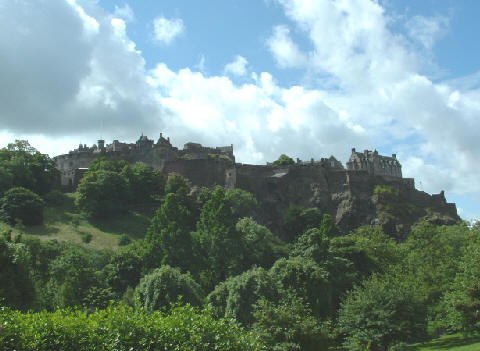
As previously mentioned, the Royal Mile is so called as it is the path of royalty travelling up to the castle. This is true but some, however, were not approaching with amiable intentions. The walls have endured siege after siege at the hands of the English, and the leadership of the castle has changed hands almost enumerable times.
The first to capture the castle from the Scots was Edward I after a three day siege in 1296. But then, after the king’s death in 1307, the English stronghold weakened and Sir Thomas Randolph, Earl of Moray, acting on behalf of Robert the Bruce, famously reclaimed it in 1314. His was a surprise attack under the cover of darkness, by only thirty men who scaled the north cliffs. Twenty years later it was recaptured by the English but only seven years after that, Sir William Douglas, a Scottish nobleman and knight, claimed it back with a surprise attack by his men disguised as merchants.
David’s Tower (built in 1370 by David II, Robert the Bruce’s son who had returned to Scotland after 10 years in captivity in England) was built as part of the reconstruction of the castle site after the devastation during the Wars of Independence. It was enormous for a building of the time, three stories high and functioning as the entrance to the castle. It was therefore the barrier between the attack and defence of any battle.
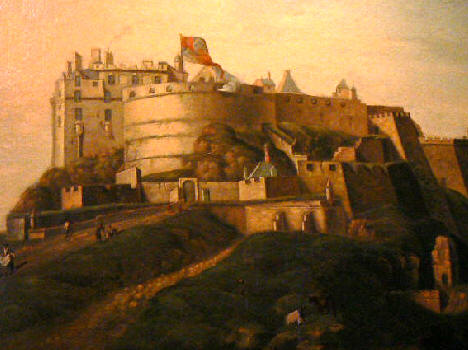
It was the “Lang Siege” that caused the downfall of this tower. The year long battle was triggered when Catholic Mary Queen of Scots married James Hepburn, Earl of Bothwell and a surge of rebellion against the union rose up amongst the noblemen of Scotland. Mary was forced eventually to flee to England but there were still loyal supporters who remained in Edinburgh, holding the castle for her and supporting her claim for the throne. One of the most notable was Sir William Kirkcaldy, Governor of the Castle. He held the castle for a year against the “Lang Siege” until David’s Tower was destroyed, cutting off the one and only water supply to the castle. The inhabitants managed only a few days under these conditions before they were forced to surrender. The tower was replaced by the Half Moon Battery that exists today.
Before she became married to James Hepburn, Mary gave birth to James VI (in 1566 to her previous husband, Lord Darnley) who also became James I of England in the “Union of the Crowns”. It was then that the Scottish court departed from Edinburgh for London, which left the castle with only a military function. The final monarch to reside at the castle was Charles I in 1633 before his coronation as King of the Scots.
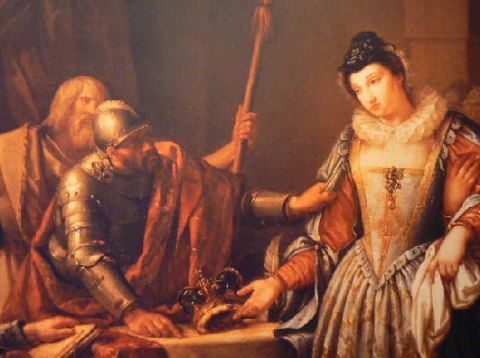
But even this did not protect the castle walls from further bombardment in years to come! The Jacobite rebellions in the 18th Century caused much unrest. Jacobitism was the political movement fighting to reinstate Stuart monarchs to their thrones in England, Scotland and Ireland. In Edinburgh it was to return James VII of Scotland and II of England. The 1715 rebellion saw the Jacobites come dramatically close to claiming the castle in the same style that Robert the Bruce’s men did over 400 years before; by scaling the north facing cliffs. The 1745 rebellion saw the capture of Holyrood Palace (at the opposite end of the Royal Mile to the castle) but the castle remained unbroken.
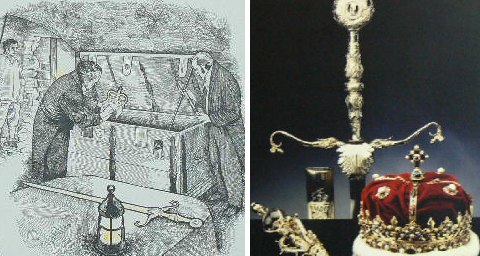
(above left) The ‘discovery’ of the Honours of Scotland by Sir Walter Scott in 1818 ~ (above right) The Crown Jewels
No such action has been seen at Edinburgh castle since. The castle now serves as a military station and is home to the Scottish National War Memorial. It is also host to the famous Edinburgh Military Tattoo. It is home to the Crown Jewels (the Honours of Scotland) and also the Stone of Destiny since its return to Scotland from Westminster, in 1996.
No visit to Edinburgh is complete without an excursion to this historic and awe inspiring building that has shaped Edinburgh to be the capital city it is today.
Tours of historic Edinburgh
For information concerning tours of historic Edinburgh, please follow this link.
Museums
View our interactive map of Museums in Britain for details of local galleries and museums.
Castles
View our interactive map of Castles in Scotland for the most complete lists of castles in Scotland on the internet.
Getting here
Edinburgh is easily accessible by both road and rail, please try our UK Travel Guide for further information.
